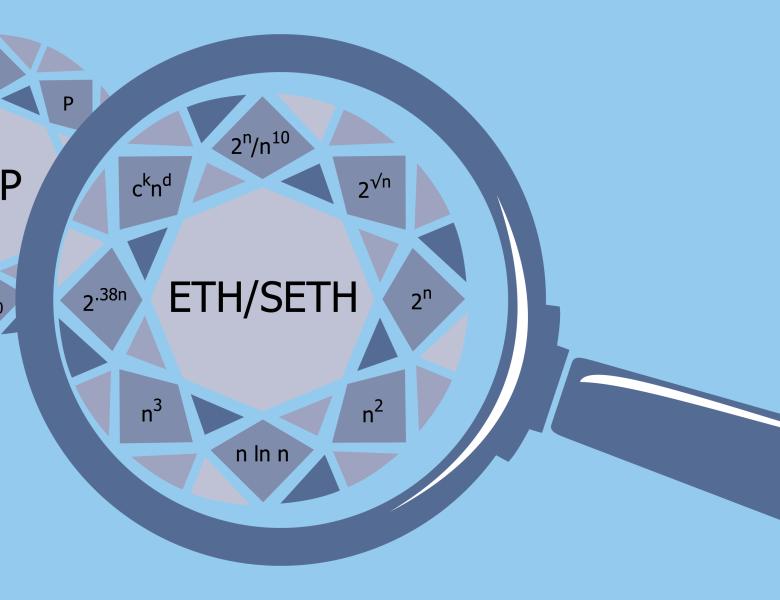
Abstract
We show that, assuming the (deterministic) Exponential Time Hypothesis, distinguishing between a graph with an induced k-clique and a graph in which all k-subgraphs have density at most 1-\epsilon, requires n^{\tilde \Omega(log n)} time. Our result essentially matches the quasi-polynomial algorithms of Feige and Seltser [FS97] and Barman [Bar15] for this problem, and is the first one to rule out an additive PTAS for Densest k-Subgraph. We further strengthen this result by showing that our lower bound continues to hold when, in the soundness case, even subgraphs smaller by a near-polynomial factor (k' = k 2^{-\tilde \Omega (log n)}) are assumed to be at most (1-\epsilon)-dense.
Our reduction is very simple and inspired by recent applications of the ``birthday repetition" technique [AIM14,BKW15]. Our analysis relies on information theoretical machinery and is similar in spirit to analyzing a parallel repetition of two-prover games in which the provers may choose to answer some challenges multiple times, while completely ignoring other challenges.


